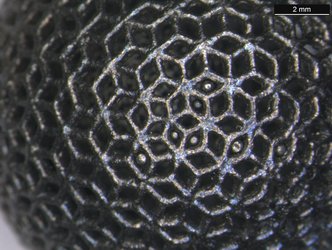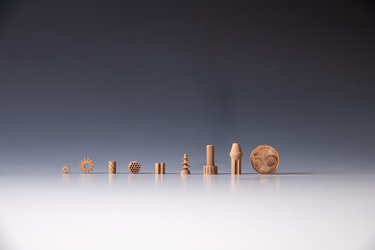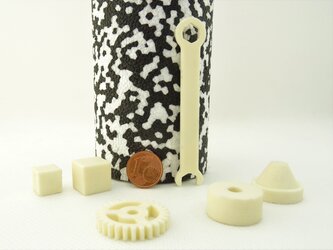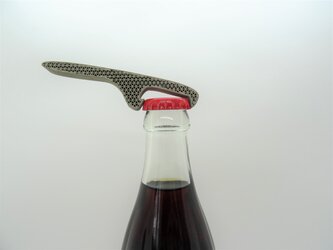Accept all cookies Accept only essential cookies See our Cookie Notice

About ESA
The European Space Agency (ESA) is Europe’s gateway to space. Its mission is to shape the development of Europe’s space capability and ensure that investment in space continues to deliver benefits to the citizens of Europe and the world.
Highlights
ESA - United space in Europe
This is ESA ESA facts Member States & Cooperating States Funding Director General Top management For Member State Delegations European vision European Space Policy ESA & EU Space Councils Responsibility & Sustainability Annual Report Calendar of meetings Corporate newsEstablishments & sites
ESA Headquarters ESA ESTEC ESA ESOC ESA ESRIN ESA EAC ESA ESAC Europe's Spaceport ESA ESEC ESA ECSAT Brussels Office Washington OfficeWorking with ESA
Business with ESA ESA Commercialisation Gateway Law at ESA Careers Cyber resilience at ESA IT at ESA Newsroom Partnerships Merchandising Licence Education Open Space Innovation Platform Integrity and Reporting Administrative Tribunal Health and SafetyMore about ESA
History ESA Historical Archives Exhibitions Publications Art & Culture ESA Merchandise Kids Diversity ESA Brand Centre ESA ChampionsLatest
Space in Member States
Find out more about space activities in our 23 Member States, and understand how ESA works together with their national agencies, institutions and organisations.
Science & Exploration
Exploring our Solar System and unlocking the secrets of the Universe
Go to topicAstronauts
Missions
Juice Euclid Webb Solar Orbiter BepiColombo Gaia ExoMars Cheops Exoplanet missions More missionsActivities
International Space Station Orion service module Gateway Concordia Caves & Pangaea BenefitsLatest
Space Safety
Protecting life and infrastructure on Earth and in orbit
Go to topicAsteroids
Asteroids and Planetary Defence Asteroid danger explained Flyeye telescope: asteroid detection Hera mission: asteroid deflection Near-Earth Object Coordination CentreSpace junk
About space debris Space debris by the numbers Space Environment Report In space refuelling, refurbishing and removingSafety from space
Clean Space ecodesign Zero Debris Technologies Space for Earth Supporting Sustainable DevelopmentLatest
Applications
Using space to benefit citizens and meet future challenges on Earth
Go to topicObserving the Earth
Observing the Earth Future EO Copernicus Meteorology Space for our climate Satellite missionsCommercialisation
ESA Commercialisation Gateway Open Space Innovation Platform Business Incubation ESA Space SolutionsLatest
Enabling & Support
Making space accessible and developing the technologies for the future
Go to topicBuilding missions
Space Engineering and Technology Test centre Laboratories Concurrent Design Facility Preparing for the future Shaping the Future Discovery and Preparation Advanced Concepts TeamSpace transportation
Space Transportation Ariane Vega Space Rider Future space transportation Boost! Europe's Spaceport Launches from Europe's Spaceport from 2012Latest

3D printed Rudolf
Thank you for liking
You have already liked this page, you can only like it once!
This Rudolf the red-nosed reindeer was made using a patented 3D-printing process developed for producing strong and heat-resistant metal and ceramic lattices. Designed using a computer and printed in one go, in less than half an hour, this lightweight comes in at just over 12 grams.
Rudolf’s copper nose was produced using a new additive manufacturing technique. This patent is being developed further for use in space. A 3D metal printer is being developed to generate aluminium, copper and titanium alloy components in microgravity, eventually flying on the International Space Station.
3D printing, formally known as additive manufacturing, can create complex shapes that are impossible to manufacture with traditional casting and machining techniques. Little to no material is wasted and cutting the number of steps in a manufacturing chain offers enormous cost benefits.
This Rudolf is a festive example and test case of 3D printing. The next step is creating ceramic shapes that can withstand extreme temperatures. ESA and its partners have already built ceramic-lattice models which will be revealed in the new year.
ESA is testing these ceramic lattices for satellite thrusters. Coated in platinum, the ceramic acts as a catalyst to burn monopropellant – adding to safety, reliability and improving performance. Other applications being explored include using the technology for heat exchangers, catalytic convertors in cars and heat insulation.
The patents to make Rudolf come from ESA’s New Materials and Energy Unit in collaboration with Nick Adkins, Luke Carter and Hany Hassanin from Birmingham University, UK, and Wayne Voice and David Jarvis at ESA.
The project is part of ELIPS – European Programme for LIfe and Physical Sciences in Space, ESA’s research programme for science and applications in microgravity, helping to improve our life on Earth and enable humankind’s long-term presence in space.
Part of this research was carried out in the AMAZE project – Additive Manufacturing Aiming Towards Zero Waste & Efficient Production of High-Tech Metal Products – and partially funded by the European Commission’s Seventh Framework Programme under contract FoF.NMP.2012-4.313781.
-
CREDIT
ESA -
LICENCE
ESA Standard Licence

Move over plastic: desktop 3D printing in metal or ceramics

Close-up of 3D-printed titanium lattice ball

3D-printed ceramic parts made from lunar regolith

Parts 3D printed in aluminia















 Germany
Germany
 Austria
Austria
 Belgium
Belgium
 Denmark
Denmark
 Spain
Spain
 Estonia
Estonia
 Finland
Finland
 France
France
 Greece
Greece
 Hungary
Hungary
 Ireland
Ireland
 Italy
Italy
 Luxembourg
Luxembourg
 Norway
Norway
 The Netherlands
The Netherlands
 Poland
Poland
 Portugal
Portugal
 Czechia
Czechia
 Romania
Romania
 United Kingdom
United Kingdom
 Slovenia
Slovenia
 Sweden
Sweden
 Switzerland
Switzerland

























